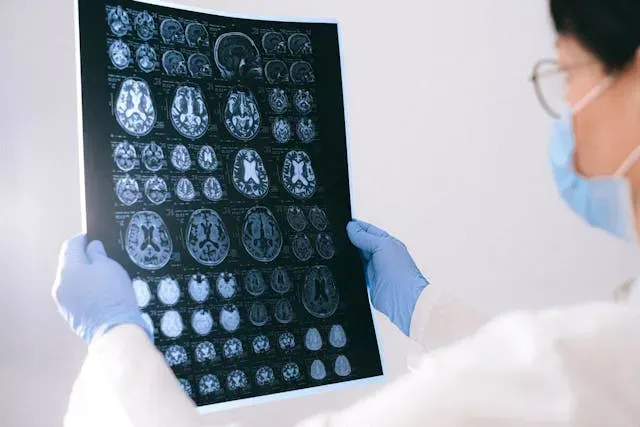
Brain Imaging Techniques
Explore the latest advancements in brain imaging techniques. Learn about the various methods used to study the brain in detail.
Get carepatron free
Commonly asked questions
MRI is better for detailed brain structural imaging, while EEG excels at detecting real-time electrical activity and brain wave patterns. The choice depends on the clinical need—MRI for anatomical evaluation and EEG for functional assessments like epilepsy monitoring.
Brain imaging includes structural methods like CT and MRI and functional methods such as fMRI, PET, EEG, MEG, SPECT, EROS, and fUSI. These neuroimaging techniques help visualize specific brain regions, assess different brain regions, and track brain function or abnormalities.
The most effective technique depends on the purpose—MRI provides high-resolution structural images, while fMRI, PET, and EEG are best for functional assessments. For mapping neural pathways, diffusion tensor imaging (DTI) is highly effective in studying white matter integrity.







